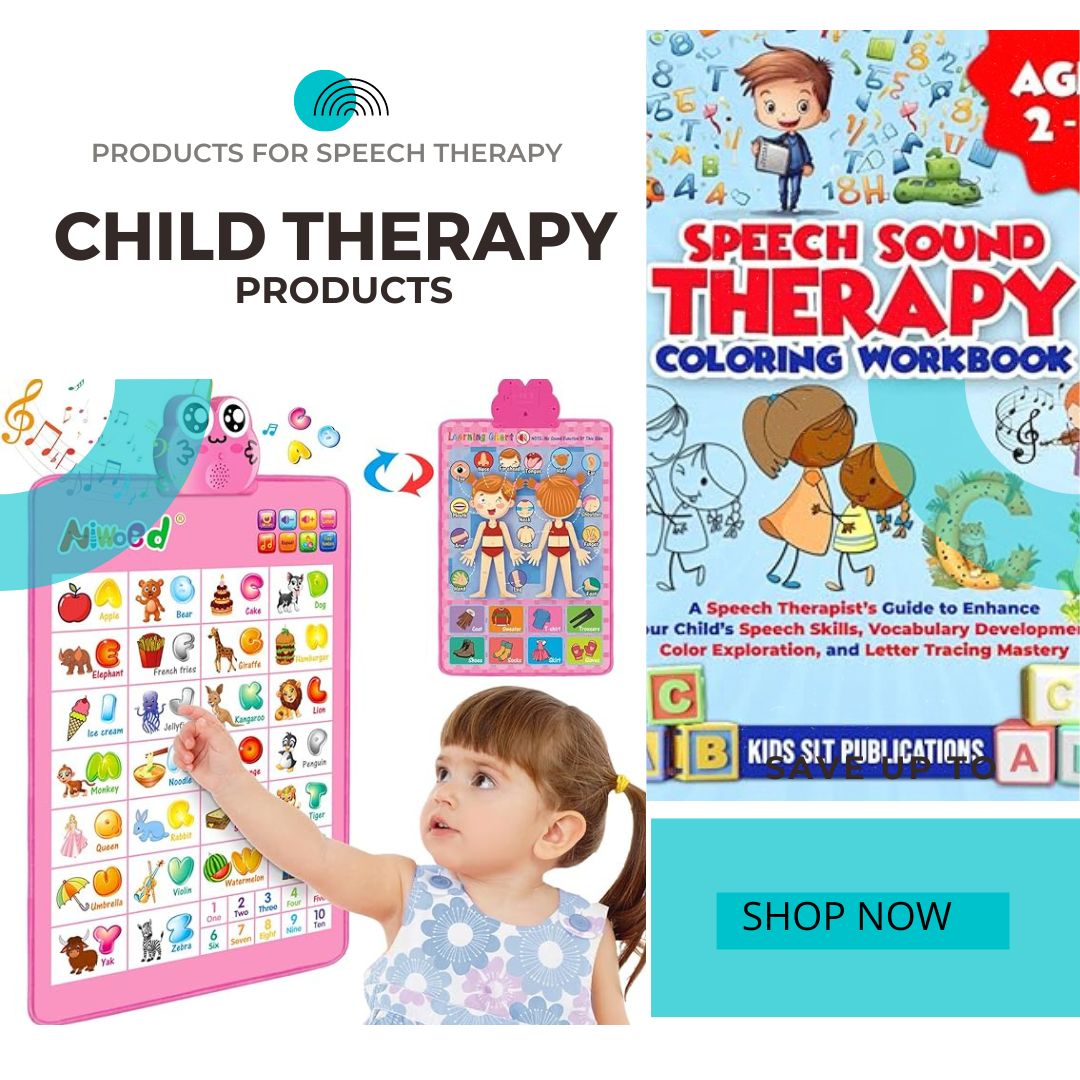Gone are the days when virtual reality was extremely popular in the gaming industry. Its use has increased nowadays and many speech therapists are using it in their speech therapy sessions to improve the communication skills of a person suffering from speech disorders.
With the launch of Meta’s Quest 3 and Apple Vision Pro VR headsets now a speech therapist helps a child and guide how to pronounce a word correctly.
Additionally, by showing the pictures of objects like animal images, vehicle images, nature images a therapist can improve the quality of speech therapy sessions. In addition to that, by showing the different animations (proper focus on particular object, half fill glass, full fill glass, danger sign color Red) or by creating virtual audience a speech and language pathologist helps a child how to face each and every situation.
Though many techniques exist but a virtual reality makes the therapy sessions easy and engaging.
This way a child easily visualize the things and understand each and every situation in better way. So if a child is confused about a situation then by showing a particular thing in virtual reality world a therapist can easily teach and clear the doubts.
Benefits of Virtual Reality in Speech Therapy
- A kid / Child don’t have to visit the clinic physically, all can be done in virtual world online using internet.
- A speech therapist and person suffering from speech disorder can meet in virtual environment.
- In case of absence speech therapist, a computer generated 3D speech therapist will provide speech therapy.
- All sessions of the virtual world will help to improve communication skills.
- Your lips and jaws movements will be tracked and if something is wrong, it will be corrected.
- Therapists can design various scenarios that mimic real-life situations where speech difficulties may arise.
- Real time feedback and AI based algorithms helps to analyze a patient’s speech patterns, pronunciation, and other linguistic elements.
- A therapist can create a virtual environment for those how fears to speak in front of others (or public).
One significant advantage of using virtual reality in speech therapy is the ability to customize the virtual environment to meet the specific needs of each patient. For example, a child with a speech disorder may find it challenging to communicate in a crowded classroom.
With VR, speech therapists can recreate a virtual classroom setting with a limited number of virtual students, allowing the child to practice speaking in a less overwhelming environment. As the child’s confidence and skills improve, the therapist can gradually increase the number of virtual students, preparing them for real-life situations.
So the benefits of virtual reality in speech therapy is quite huge and it gives guarantee results!!
The use of virtual reality in speech therapy has transformed the field by giving people with speech disorders a complete, adaptable, and interactive platform to practice and develop their communication abilities.
Virtual reality headsets like Quest 3, Apple’s vision pro have shown to be a useful VR headsets in speech therapy, providing real-time feedback, gamified exercises, and multidimensional experiences in addition to safe practice spaces.
As technology continues to evolve, we can expect even more innovative applications of virtual reality in this field, improving the quality of life for individuals with speech disorders and empowering them to express themselves confidently and effectively.




